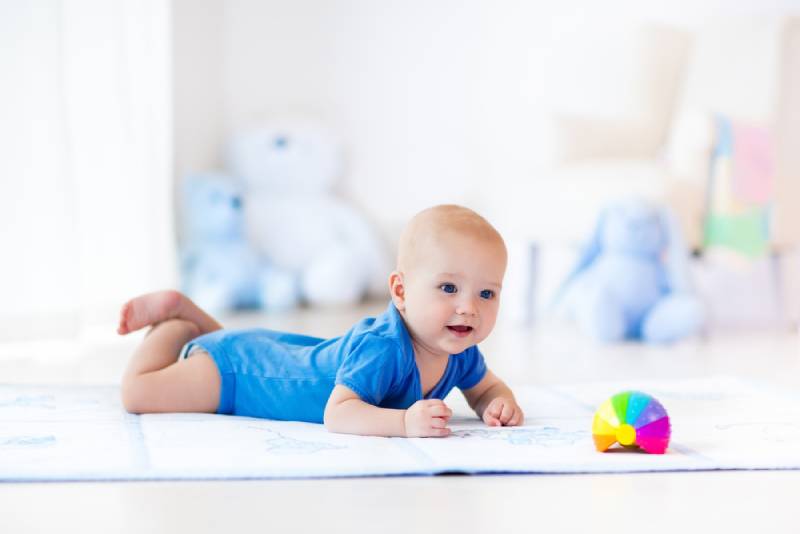Do babies have kneecaps? Seems like a rather odd question, doesn’t it? But, surprisingly, there is some merit to it.
For, you see, the answer can go both ways. Babies aren’t born with the patella, better known as the bony kneecaps that grown humans possess, but rather a soft cartilage patella that serves as a substitute until the bone grows in.
It’s a lot more flexible than bone is and a lot softer too – less prone to being broken from small amounts of pressure.
It’s the material that our nose and ears are made out of, and newborn babies will generally have more of their skeletal construction made out of cartilage than hard bone.
But why aren’t they just born with a full bone structure of the skeleton from the get-go? Well, that’s what I’m here to discuss with you.
Why Cartilaginous Kneecaps Are Important For Newborns
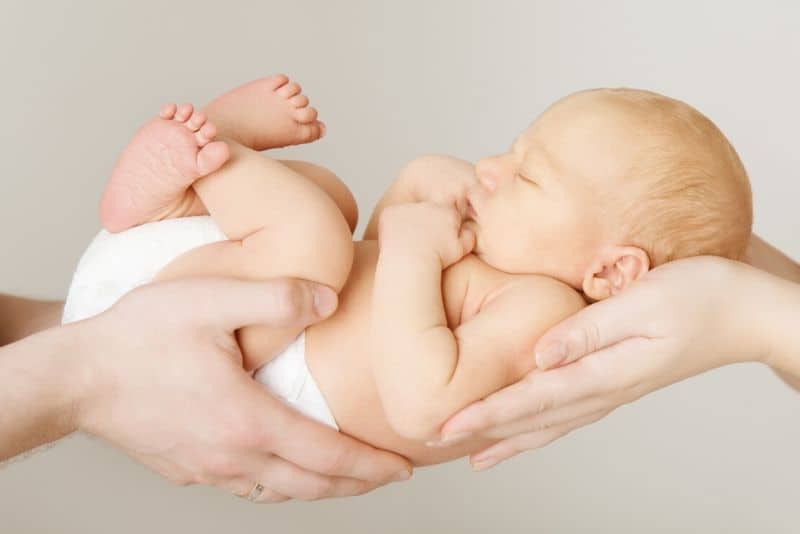
Well, imagine you were back on the delivery table and the baby started coming out. It’s thanks to the cartilage construction that it goes as (relatively) smooth as it possibly can.
If the baby’s kneecaps were already made out of bone, you’d risk suffering injuries to the birth canal during delivery or even getting the baby stuck during the process.
This would end up leading to either a lot of pain and a lot of emergency procedures, or even both.
It’s something I dread to even think about and definitely gave me a few shivers when researching the topic.
When Do Babies’ Kneecaps Turn From Cartilage To Solid Bone?
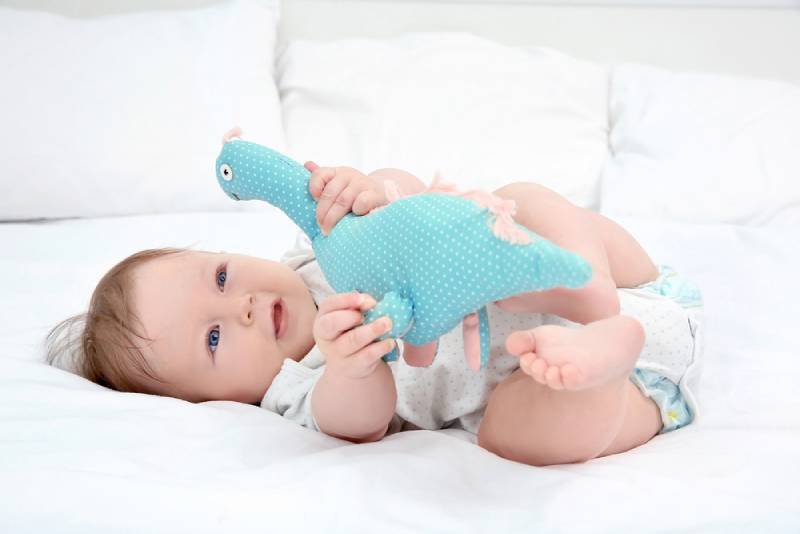
According to Dr. Eric W. Edmonds of Rady Children’s Hospital, the answer to when babies get kneecaps is rather straightforward.
The general process starts when the baby is around 2 years of age and can last up until age 6 – at least the major part of the ossification process.
This process is what describes several separate pieces of bone manifesting from the cartilaginous patellae and fusing with one another to form the bony kneecap.
The bone growth finally finishes at around age 10-12 – around the time when puberty hits – but it will never be fully made out of bone, that would make it uncomfortable to move around with.
There’s still some flexibility where the tendon attaches to the knee joint that still remains as a piece of cartilage.
Also, some of it gets replaced with a piece of fatty tissue known as a fat pad that’ll help cushion any impact or stress that lands on the knee.
As you can see, it’s a lengthy process that can last through over half of your little one’s adolescent life.
One might wonder if, by the time a baby develops bony kneecaps, is he ever at risk of any potential complications?
Sadly, the answer to that is a yes.
Issues That May Appear During The Ossification Process
With our young athletes running around the house or playground all the time, all vibrant and full of energy as they explore all the world has to offer, it’s only natural that some complications exist during kneecap development.
After all, they’re not the most cautious and are prone to injuring themselves, causing a bit of a mess down there.
But a scuff here and there won’t cause any lasting problems. That said, there are a few more serious matters that you ought to be on the lookout for.
Bipartite Patella
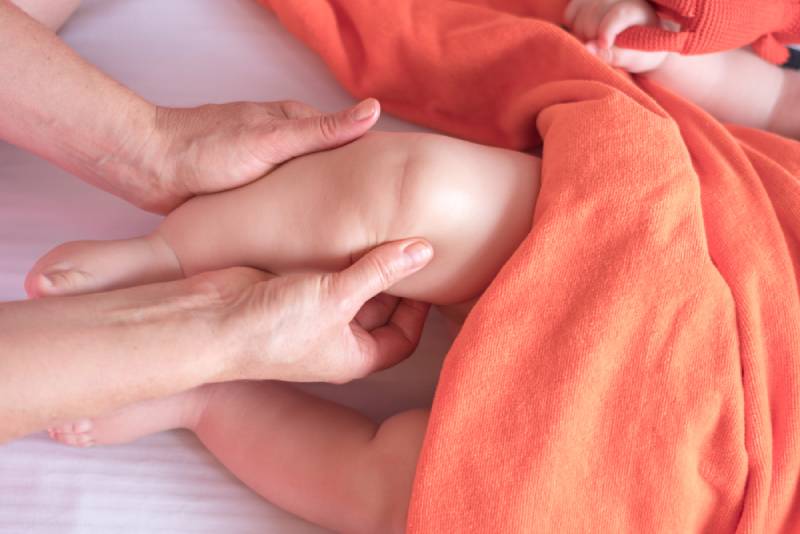
When the kneecap starts developing, there’s a slight chance that it develops into two separate bony patellas (as the name itself may imply) instead of fusing together, essentially giving your child two separate knee bones on one leg.
Luckily, the condition, at its worst, will only be a mild annoyance or your child may not even feel it, depending on how the nerves end up intertwining between the two pieces.
However, you should still check with the doctor and let him make that decision after seeing a few x-rays of the knee in question. After all, he is the professional here.
A Torn Meniscus
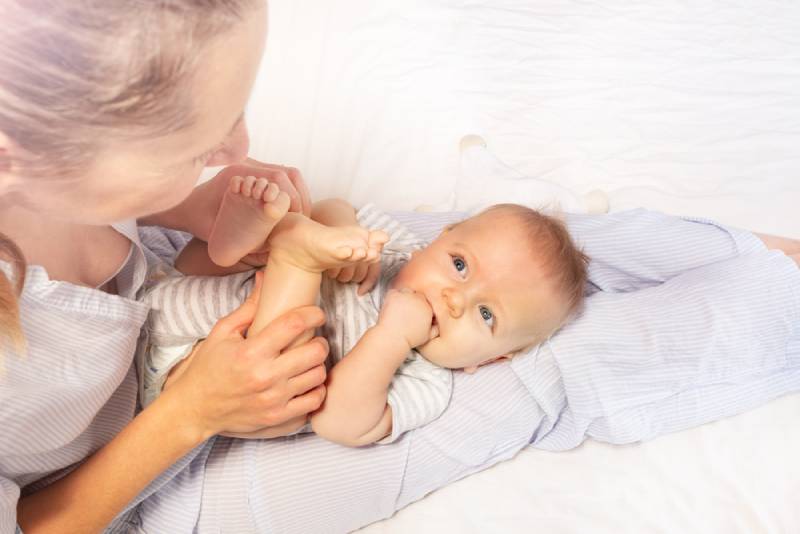
The meniscus is that one leftover piece of cartilage around your knee that helps keep the femur and tibia (the thigh bone and shinbone) connected and helps provide the flexibility your leg needs.
If that ends up getting torn due to too much stress applied to the knee or something going wrong during the ossification process, your child may end up in a lot of pain.
Luckily, it’s rarely ever serious enough to require some sort of surgery, but do keep an eye out for it regardless.
One good way to prevent meniscus tears from happening is to simply keep your little one active through some light exercise or walks.
Ligament And Tendon Injuries

Whenever a small portion of the ligament or tendon gets injured or sprained, you end up walking funny to relieve the strain on them while still retaining your ability to move.
Well, that strain has to go somewhere else and the knee is usually the scapegoat in the situation.
While it’s hard to escape this, as sprains can happen at any time, you can help reduce the chance of it happening to your child by having him do some light exercises to keep himself fit and flexible.
Osgood-Schlatter Disease
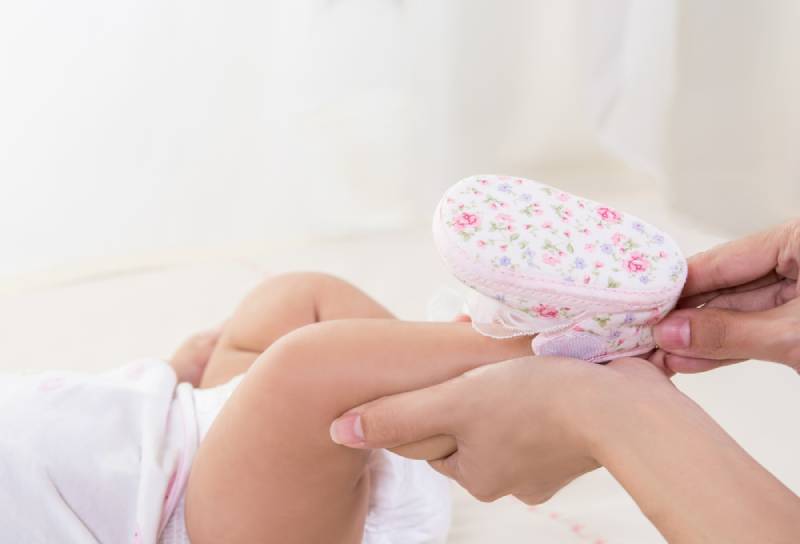
When an irregular growth of the muscles beneath the knee, the quadriceps, occurs where one muscle grows further than the other, you get an unbalanced stress distribution on the knee, which ends up providing excess stress on the area.
This later results in that specific adjoining area between the knee and the shinbone to swell up into a sizable lump that makes it extremely uncomfortable to put weight on that leg.
This is what’s known as the Osgood-Schlatter disease and is a condition that physically active teens and young athletes usually end up getting due to their bodies still developing, including their muscular structure.
Yet again, it’s not a permanent condition and is easy enough to treat with some bed rest, ice packs to help get the swelling down, and over-the.counter medication if the pain ends up being too great.
There are plenty of other small issues that’ll make you wonder Does a baby has kneecaps that are healthy or not? Fortunately, they usually don’t make much of an impact.
Ways To Reduce The Chances Of Knee Injuries And Complications
Now that the question of Does a baby have kneecaps or not? is answered, it’s time to learn how to help protect their little cartilage knees from sustaining too many injuries and help them develop properly.
1. Buy them some kneepads
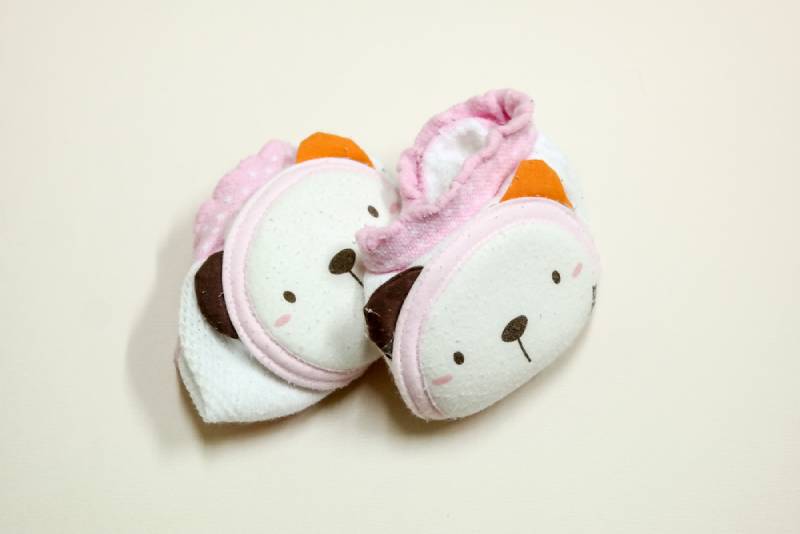
Arguably the easiest solution out there and the most logical one. If your child is still a bit clumsy and ends up getting hurt often, get him some kneepads to help add an extra layer of protection to his legs so they can end up growing into healthy branches!
2. Light exercise

Anything from walking to light stretches can help keep your baby’s kneecaps from sustaining potential injuries or developing any other issues.
Plus, this routine exercise time can become yet another bonding opportunity between you two and help strengthen your already ironclad relationship with your precious child.
3. Training the muscles
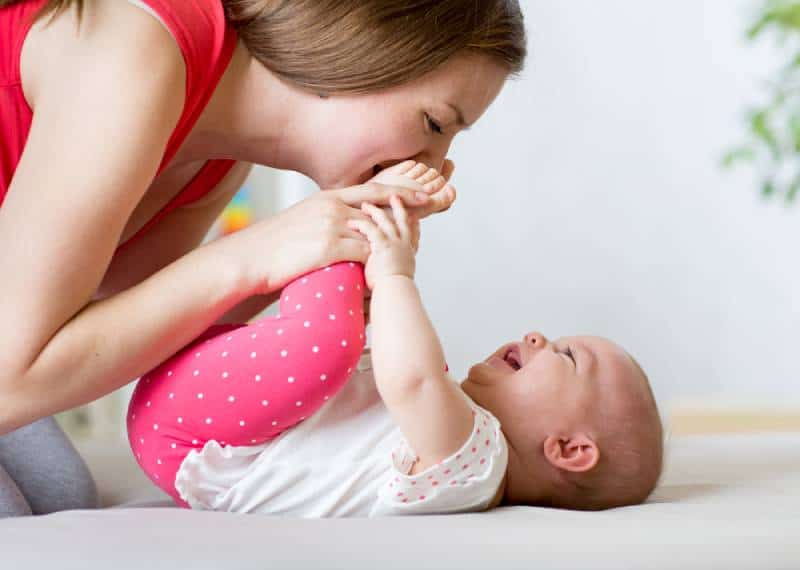
When your kids get a bit older, you can also help provide them with some easy muscle training exercises to help pad out the area around the knee even further and support quadriceps muscle growth.
What A Fully Developed Kneecap Looks Like
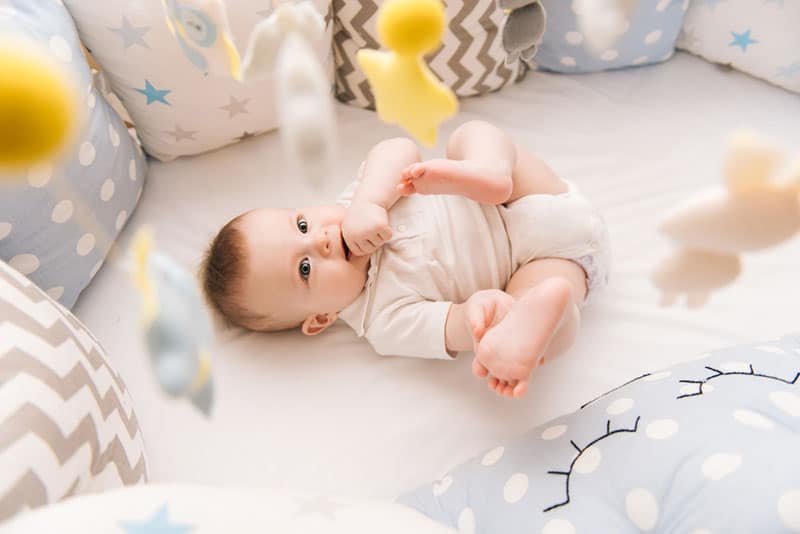
An average adult’s kneecap consists of the bony patella that sits on the quadriceps tendon, which crosses over the knee joint to give mobility to the lower part of the leg.
It also serves as natural protection to the knee joint itself, which is responsible for our mobility in the first place. That’s why even the slightest of sprains makes us feel like we’re crippled.
But the kneecap itself has the fat pad atop it, as mentioned earlier, alongside several small pieces of cartilage, tendons, ligaments, and the like that help protect it from getting damaged as well, dispersing any impact around it equally.
If it were a machine, it would be a mechanical marvel at just how complex a simple kneecap can be, let alone the rest of our body.
In Conclusion
In addressing the question of Do babies have kneecaps or not? we’ve seen the process that it undertakes throughout the years: growing from a cartilaginous structure that helps during delivery and slowly hardening into a fully bony kneecap to better support the person as they grow older.
The human body truly is a remarkable piece of work and is capable of so many things, evolving so far as to cater even to mammas at birth.
Make sure to keep your kids’ walking noodles safe so you can see them grow into healthy adults without having to worry about any problems that may arise.
Like this post? Please share or pin it for later. You can also stay in the loop and follow us on Facebook, Instagram and Pinterest.
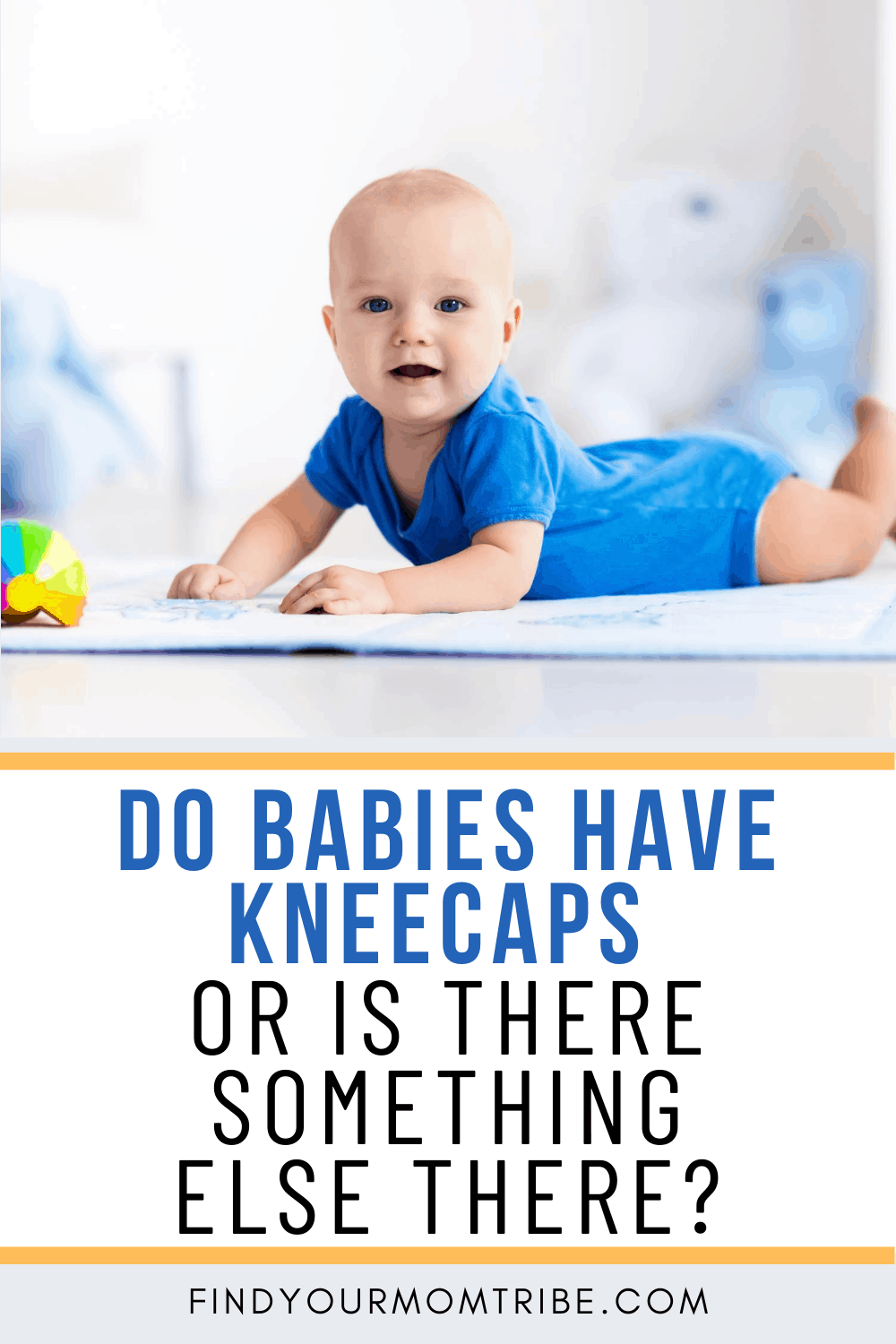
This post contains affiliate links. Please see our full disclosure for more info.

